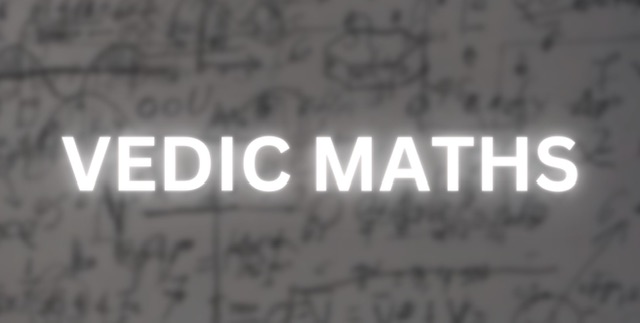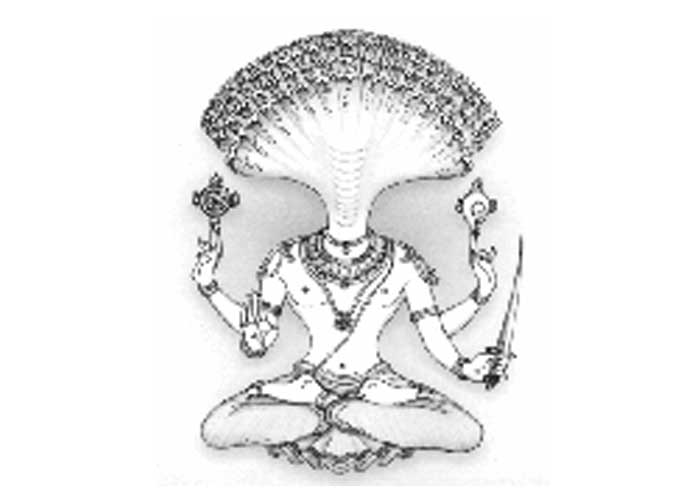Since primary school we have been taught that Isaac Newton had discovered the concept of gravity and given the three momentous laws of motion which are the founding stone of classical mechanics. The famous story says that on seeing an apple fall from a tree, Newton (17th century AD) got the idea that earth must be similar to a magnet.
It is time to unlearn it because the fact is, Indian rishis were aware of this phenomena millennia before Newton. This is not a theory, there are written records to support the same. Even the country’s leading scientist, former ISRO chairman, G Madhavan Nair, accepted it in a press conference.
Prasnopanishad (6000 BC) describes the force that pulls objects down and keeps us grounded on earth without floating. In Sanskrit, gravitational pull is called “gurutva akarshan shakto”. The word gurutva means mass and aakarshana means attractive pull. The very name indicates that the ancient Indians observed some relation between the mass of a body and the gravitational pull.
The Taittiriya branch of Krishna Yajurveda says – Mitrodhaar prithvimutdyham | Mitra kreeshti rnimishabhi cheshte || This means, the sun is holding the earth and the heaven in the space. The sun has the power of attraction (kristih) and shines without interruption.
The word krishti in the above shloka is derived from the root krish, which has no other meaning but attraction. Saying that the sun is holding the earth in the space through its power of attraction implies that the earth also is a body with a different type of force of attraction. Otherwise, if the sun is like a magnetic ball and the earth is like an iron ball, they would have collided with each other long back.
Arguably the greatest scientist to walk the earth, Acharya Kanad (600 BC), apart from propagating the atomic theory, was also the first to conceive the so-called Newton’s three laws of motion. In his book, Kanabhaksha, he states:
- वेगः निमित्तविशेषात कर्मणो जायते |
Translation: Change of motion is due to impressed force.
(The law stated that an object at rest tends to stay at rest and an object in motion tends to stay in motion with the same speed and in the same direction unless acted upon by an unbalanced force.) - वेगः निमित्तापेक्षात कर्मणो जायते नियतदिक क्रियाप्रबन्धहेतु |
Translation: Change of motion is proportional to the impressed force and is in the direction of the force. - वेगः संयोगविशेषविरोधी |
Translation: Action and reaction are equal and opposite.
Clearly the Vedic society was way ahead their Western counterparts. The very fact that the rishis possessed the knowledge of how the earth and the celestial bodies function without the presence of the modern tools and apparatus speaks how advanced they were.
Download the Dhyan Foundation – Sanatan Kriya App for Android here and for iOS here.





